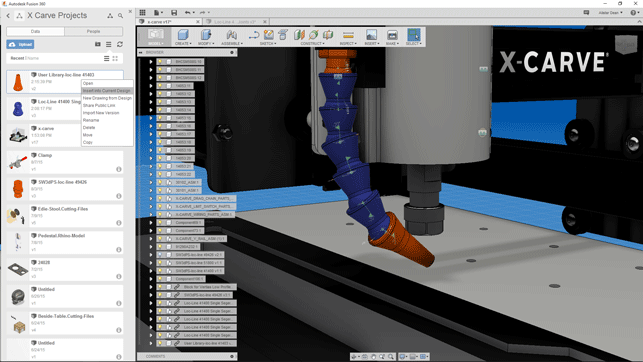

I wanted to get my head around what shaped the product, and more specifically why were some ‘traditional’ capabilities left out. I enjoyed using the product, and found the range of functionality to be useful, but a bit limiting at times (see my closing thoughts for more on that). These are some of the exact challenges that SMB’s have today and Sim 360 is a tool the they can use as a part of their workflow every time.” Sim 360 is very unique in that it was developed from the ground-up to be cost effective, accessible, and easy to use while at the same time having a broad range of simulation capabilities. Autodesk has made significant investment in acquiring simulation tools and making then a part of a product offering that is accessible to VSB and SMB. Costs of hardware, licensing, and IT requirements as well as that of the expertise needed to run the products. “… the adoption of simulation in SMBs (in general) is not as common for a number of reasons. The company has always been quite strong in this segment of the market, and they decided to keep their focus where they have the best user research, and after working with the Sim 360 interface, I’d say that was a wise decision.

I asked the Design, Lifecycle, and Simulation (DLS) team what their perspective was on the adoption of this technology by the small to medium businesses (SMB).

Integration within the Autodesk 360 / PLM 360 framework.Simplification and Editing environments.Analyses including Linear Static, Modal Frequency, Buckling, Fatigue, Thermal, Thermal-Stress.Sim 360 offers the following summarized capabilities: SIM 360 is the cloud hosted Finite Element Analysis (FEA) simulation platform that parallels with Autodesk’s 360 vision, including the popular Fusion 360 modeling tool. On July 9th, last week while I was enjoying etouffee at Coops Place in New Orleans, Autodesk announced that Sim 360 was publicly available and ready to go.


 0 kommentar(er)
0 kommentar(er)
